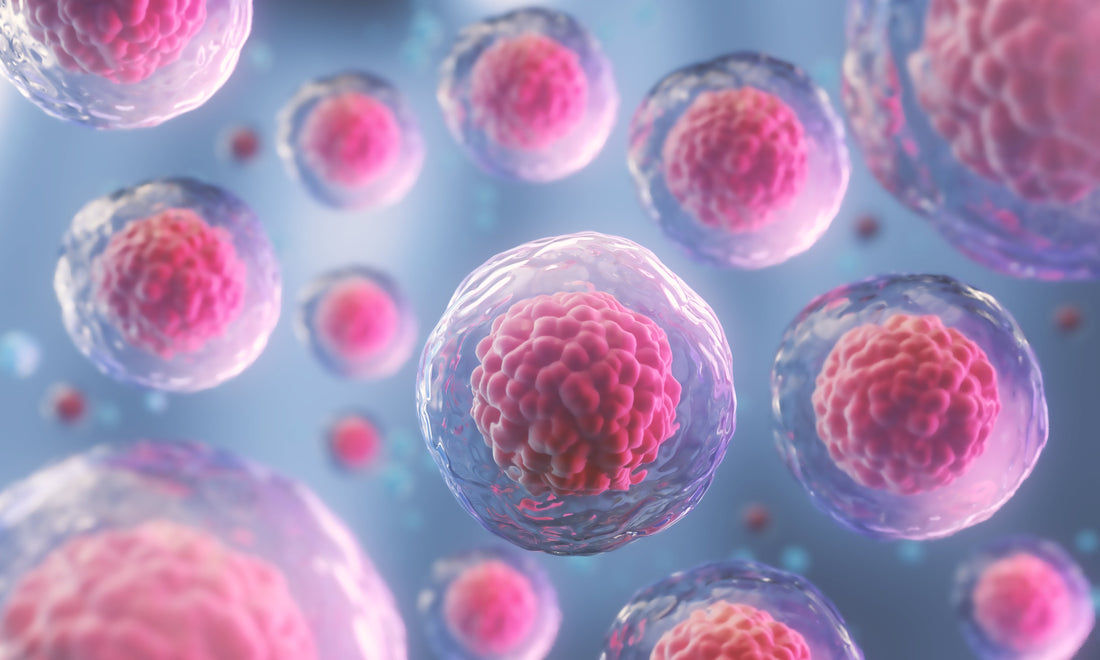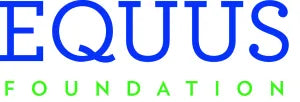Understanding Cell Signaling in Regenerative Medicine

What is Cell Signaling?
Cell signaling is the way cells communicate with each other to coordinate functions. It involves signaling molecules (like cytokines, growth factors, and proteins) that are released by one cell and received by another through receptors. These interactions trigger a cascade of internal responses in the target cell—such as growth, movement, or repair.
Why Is Cell Signaling Important in Healing?
Healing is a highly coordinated biological process involving multiple cell types. Cell signaling ensures the right cells are activated at the right time and in the right place. This communication controls key healing processes:
- Cell migration to the injury site
- Cell proliferation to replace damaged cells
- Differentiation to form the correct tissue types
How Does This Relate to Regenerative Medicine?
Regenerative medicine leverages the body’s natural healing processes—and those processes rely on cell signaling. Biologic therapies (like some amnion-derived products or stem cell treatments) often contain or stimulate the release of:
- Cytokines and growth factors that drive healing
- Exosomes and mRNA that enhance communication between cells
These therapies help amplify or direct the natural signaling processes to:
- Reduce inflammation
- Stimulate tissue repair
- Support fast, more complete healing
Key Takeaway
Cell signaling is the communication network that drives the body’s healing response. Regenerative medicine taps into this system—enhancing or mimicking it—to support better outcomes for both acute injuries and chronic conditions.







